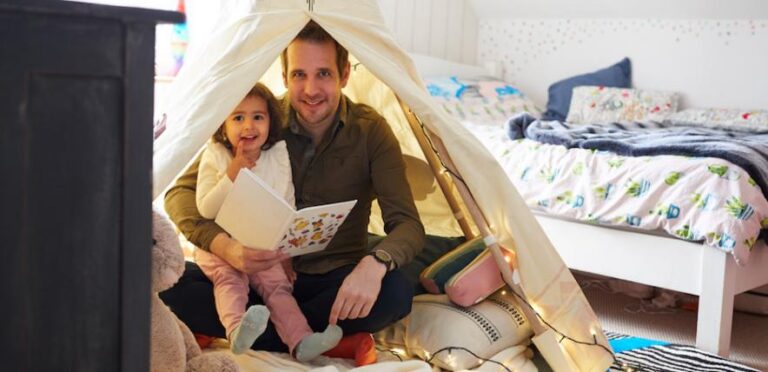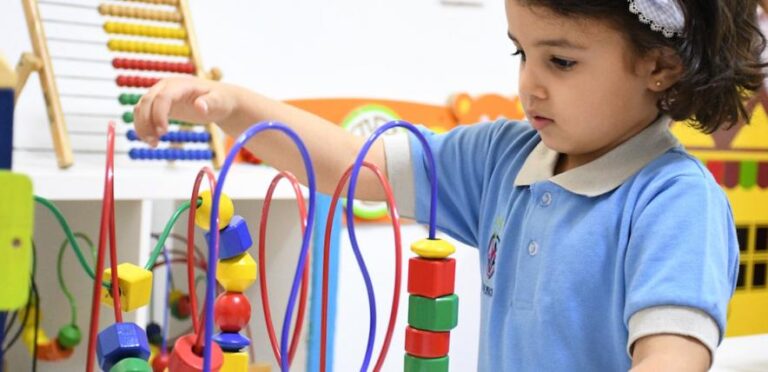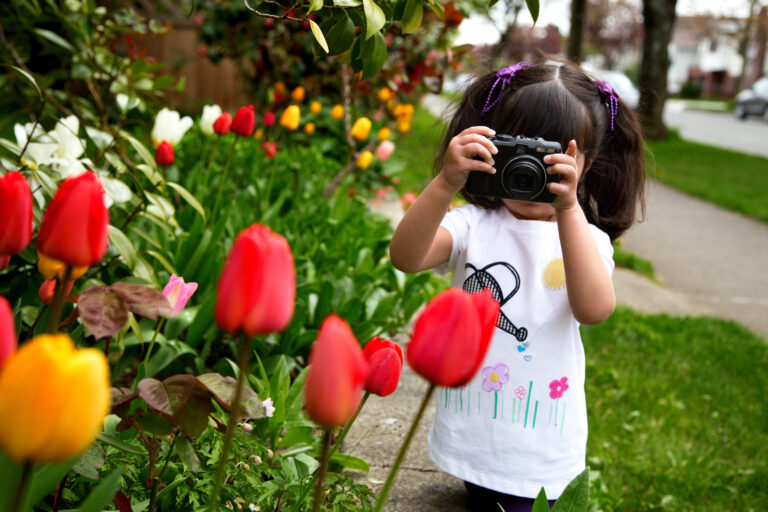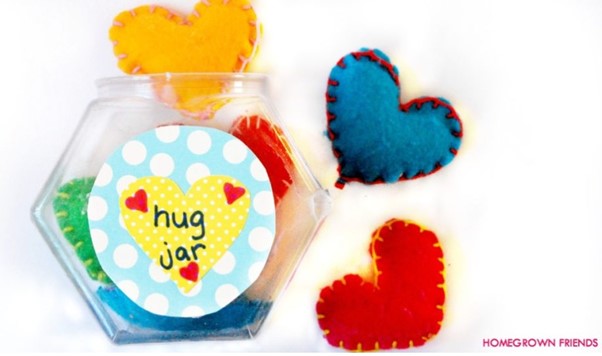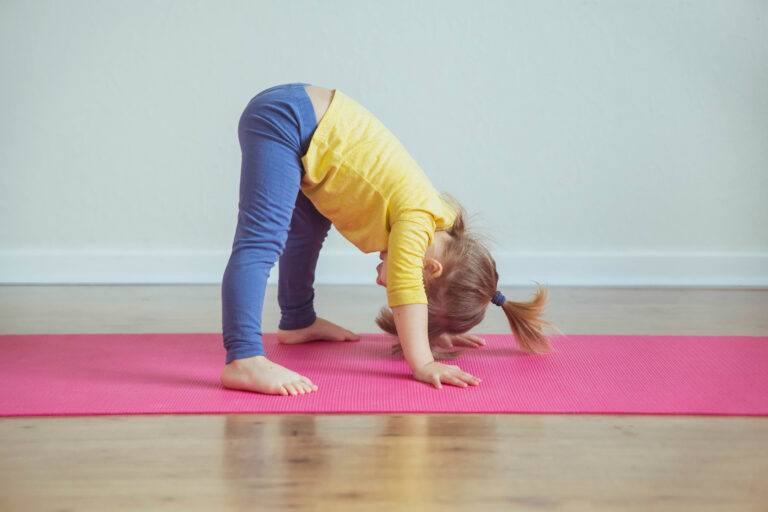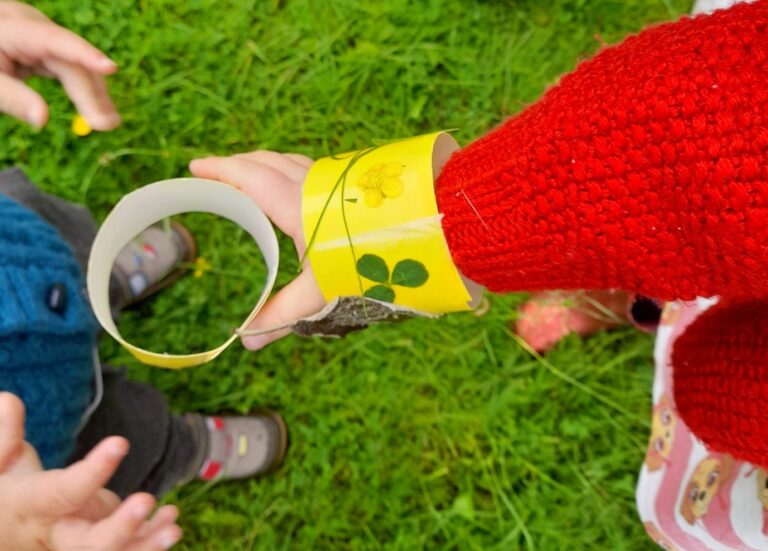Building dens and creating cosy, enclosed spaces is a natural part of children’s development. In fact, they are often so imaginative in their creations that they do not need special ‘den equipment’. Nicole Weinstein talks about how best to support your child with this form of play — indoors and out.
A children’s den is a generally classified as a secret place, free from adult control that is owned by the child.
It can be a place of adventure, where imaginary worlds are created alongside other children, or a cosy place where a child can go to spend time alone.
There’s something very powerful about being in such an enclosed private space for a young child. It not only gives them the opportunity to make sense of the world around them as they reflect on their experiences, but by adding props and engaging in role play, they can act out their fears and anxieties.
For example, superhero play is particularly prevalent in four to five year-olds who want more control over their lives but they are also trying out new experiences that can incite feelings of fear.
Notice around this age that dens might take the form of fortresses made out of sofas and cushions, where there is some element of goodies versus baddies.
Building an indoor den
A clothes horse; table and chairs; sofa cushions or even a pop-up tent or tunnel can make wonderful den frames.
Add some old sheets and blankets, some lengths of fabric or even some old curtains or a table cloth to make ideal den covers.
The beauty of this play is that it’s good for mixed age groups, and even toddlers can play alongside older siblings as they create their own space. However, a toddler will have a very different experience inside the den to a three, four or five year-old.
Up to the age of between 12 and 18 months, a child is more likely to get more out of the sensory elements of the den. For example, an indoor cosy space in the corner of the room with cushions made out of different fabrics and a ‘roof’, perhaps a pop up tent or a bit of fabric attached to the walls, with enough space to snuggle up with your child to read a book or play a game.
They may also like to use this space to sleep in or to look at the pictures in books. Dens made out of cardboard boxes, where you can play games like peek-a-boo, are also good for emerging toddlers and some agile toddlers will enjoy climbing in and out of objects like baskets; old tyres and hollow tree trunks, as they enjoy the sense of enclosure they feel when they are in an confined space.
Gimme shelter
A useful way to introduce the concept of a den as a place for shelter is to create a home for your child’s teddy bears or play figures.
The book, Where Bear? by Sophy Henn is a good starting point as it talks about a variety of different homes that the boy tries to find for his bear, who has been with him since he was a cub. The jungle; a toy shop; the zoo, the circus and even the woods are not suitable for him. But they finally decide on the Artic, which they are happy with but they want to find a place to meet up. But where? And the story concludes.
Sharing this book could lead to lots of interesting discussion about the types of homes that exist – flats; houses; caravans; boats – and you can then attempt to build a suitable home for your teddy bear and child, where they both feel comfortable. This could be inside a cupboard or you could use a clothes horse with fabric draped over it and you can add in blankets and a pillow – and even other props like a torch to see in the dark.
Outdoors, a handful of sticks up against a tree trunk and fallen leaves and moss as a floor, can become a tiny den for teddies or dolls.
Building an outdoor den
Outdoors, children will seek out bushes, walls, fences, trees, climbing frames and any other permanent structures where dens could be leaned up to or against or covers can be attached to.
Garden canes; netting, planks, logs; crates; boxes; blankets and rugs are also useful components for building an outdoor den.
Tipis made from old broom handles or long sticks can provide an excellent frame. Provide some rope, string or wool for securing the top and materials for around the outside.
Lending a hand
Often the idea of a den sounds good but children don’t have the physical dexterity to put one together themselves – ie draping the fabric over large items and pegging together the access cloth.
It can be a lovely experience for a parent and child – building the den is just as important as the play that goes on inside it – but bear in mind that you should respect the private nature of these special places, too.
Once the den has been built, a whole world of opportunities are opened up, in term of role play.
From the age of two, when language really starts to take off, children begin to acquire vocabulary at a very fast rate.
Themed role play areas evolving from children’s interests provide an opportunity to extend their learning and help them learn new words and use expressions in context. Their den could be an ice-cream shop, a hospital or a tea shop. They might act out familiar scenarios from everyday life – perhaps mimicking a parent ironing or putting a baby to sleep.
It’s a safe place for them to explore their thoughts and feelings about the world around them.
For more ideas…
Visit the Woodland Trust website for more ideas on how to build a den indoors and out

